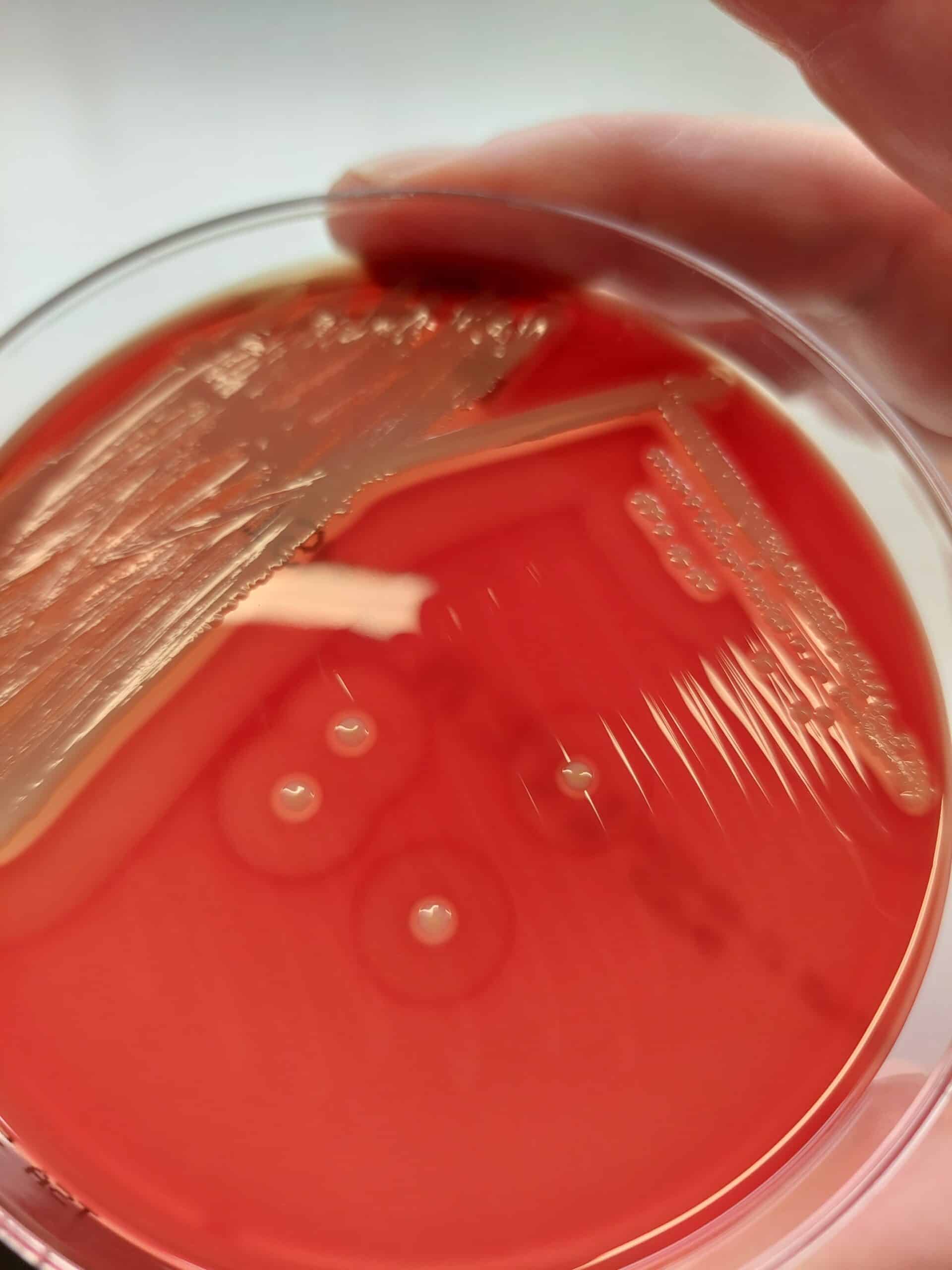S. Aureus a Contributing Factor in Equine Pastern Dermatitis

Equine pastern dermatitis, commonly known as scratches, causes clinical signs ranging from scaling and crusting to swelling and thickened skin. Many factors lead to scratches, with Staphylococcus aureus infection being one of the most commonly suspected. This bacterium can infect horses in a variety of ways and become resistant to antimicrobial treatment—as in the case of methicillin-resistant S. aureus (MRSA).
Researchers studied S. aureus’ role as a primary or secondary pathogenic (disease-causing) factor in equine pastern dermatitis, as well as its prevalence in affected and unaffected pasterns and horses’ nasal passages because animals might carry the bacterium without showing clinical signs. They hypothesized that S. aureus colonization would increase in pasterns affected by equine pastern dermatitis.
The study included 200 horses of varying breeds at stables across Switzerland, with 105 affected by equine pastern dermatitis and 95 unaffected. Veterinarians conducted a physical examination of each horse and inspected all pasterns. They diagnosed equine pastern dermatitis based on clinical signs and assessed lesion severity using a standardized scoring system for common skin pathologies, with scores ranging from 0 (not affected) to 21 (severely affected). The practitioners took one pastern skin sample from each horse in the study—in affected horses the most severely affected pastern—and another from the nasal mucosa.
The researchers collected 127 S. aureus isolates from the affected horses and 19 from the healthy group. They found S. aureus to be significantly more prevalent in the pastern and nasal swabs of horses with scratches. Fifty-nine percent of the scratches-affected horses’ samples tested positive for S. aureus, while 8.4% of the healthy group’s samples tested positive. The bacteria’s antimicrobial resistance pattern was the same in both groups and MRSA was detected in both nostril and pastern samples in some horses.
The researchers determined that equine pastern dermatitis, or scratches, is a multifactorial syndrome, rather than a single disease, and confirmed their hypothesis that S. aureus is frequent in EPD and may play a key role in the development and damage of the skin tissues. They also observed dissemination of strains between different sites on the horse, along with spreading between horses living in the same barn. Therefore, the researchers recommend horse owners consult their veterinarians when treating pastern dermatitis. To make more accurate treatment decisions and prevent the bacteria’s spread, veterinarians should not disregard the presence of S. aureus when diagnosing and treating equine pastern dermatitis.

Related Articles
Stay on top of the most recent Horse Health news with


















